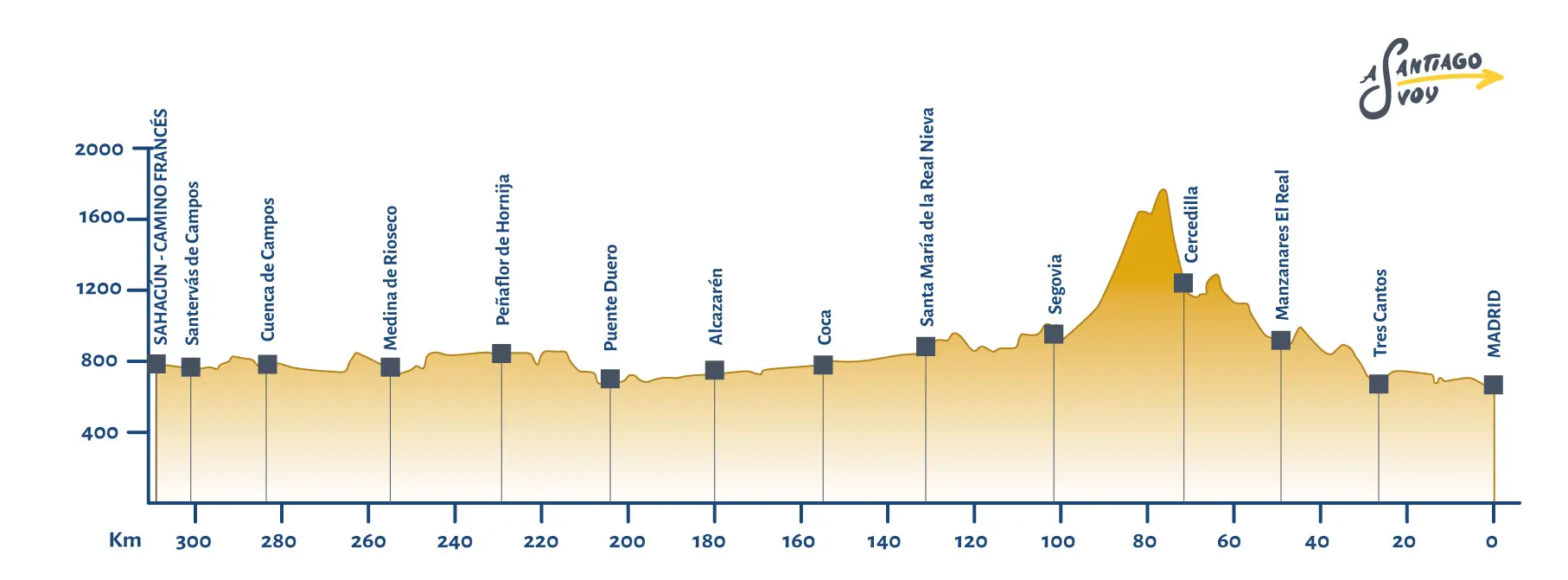
The Camino de Santiago from Madrid
If you are considering the Camino of Santiago from Madrid, you will not only have multiple options to travel to the capital of the Spanish country: you will also enjoy the perfect combination of solitary days, walking alone with your thoughts, and the final stages of the French Way, where other pilgrims will keep you company during your experience.
Here you have all the information you need to walk the Camino of Santiago from Madrid. And if you want us to help you during your pilgrimage, just let us know and you will never walk alone!
Image: Walls of Segovia



